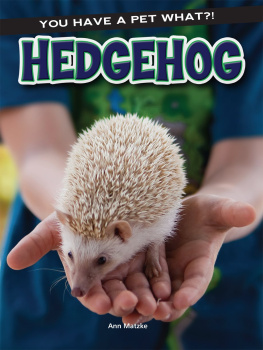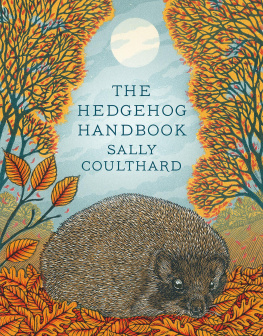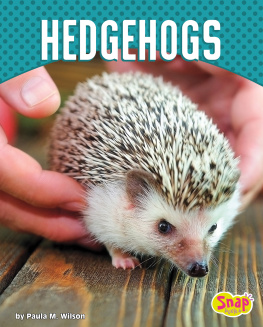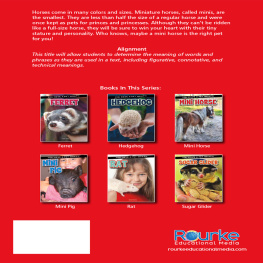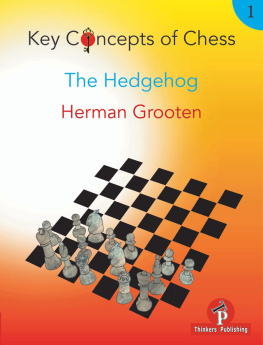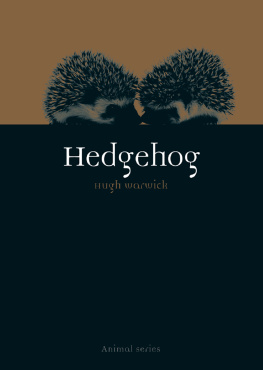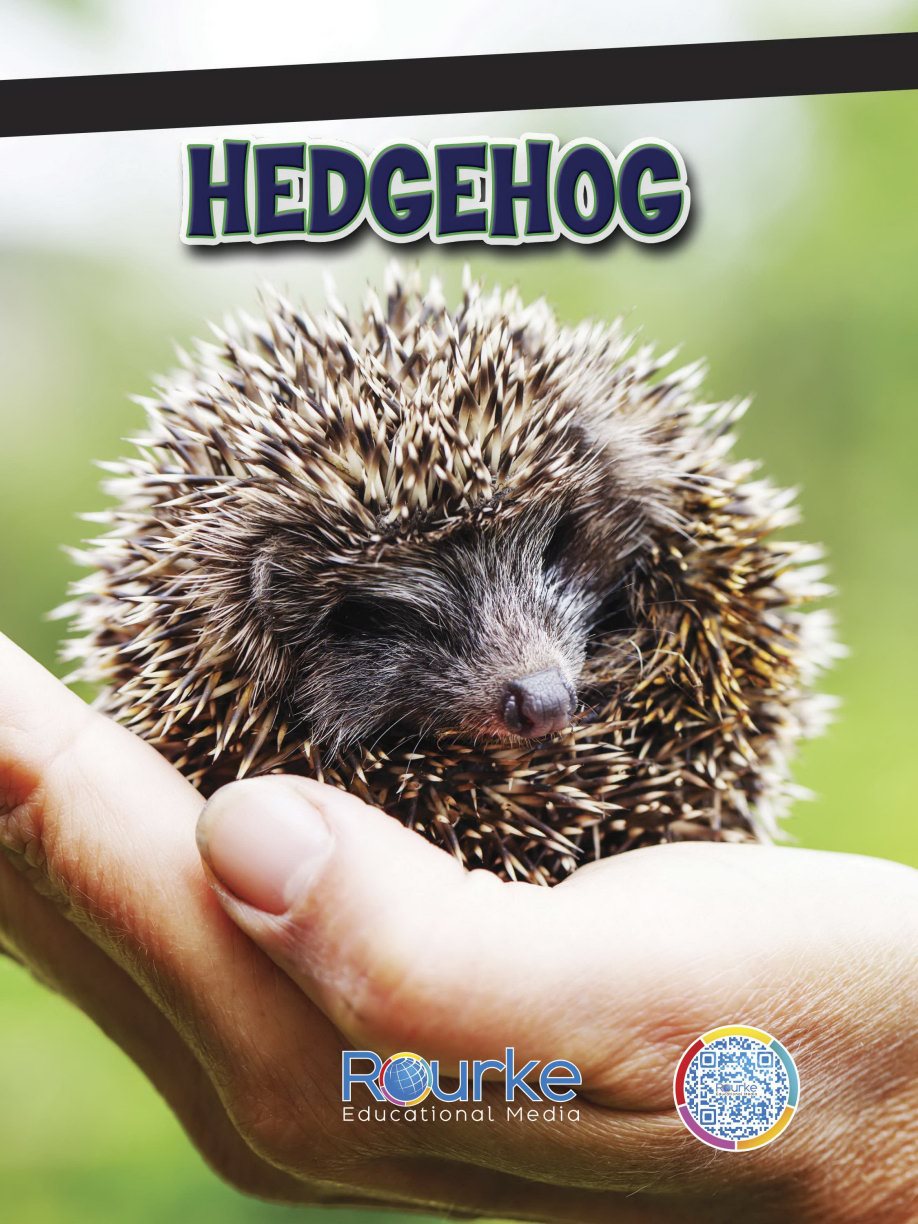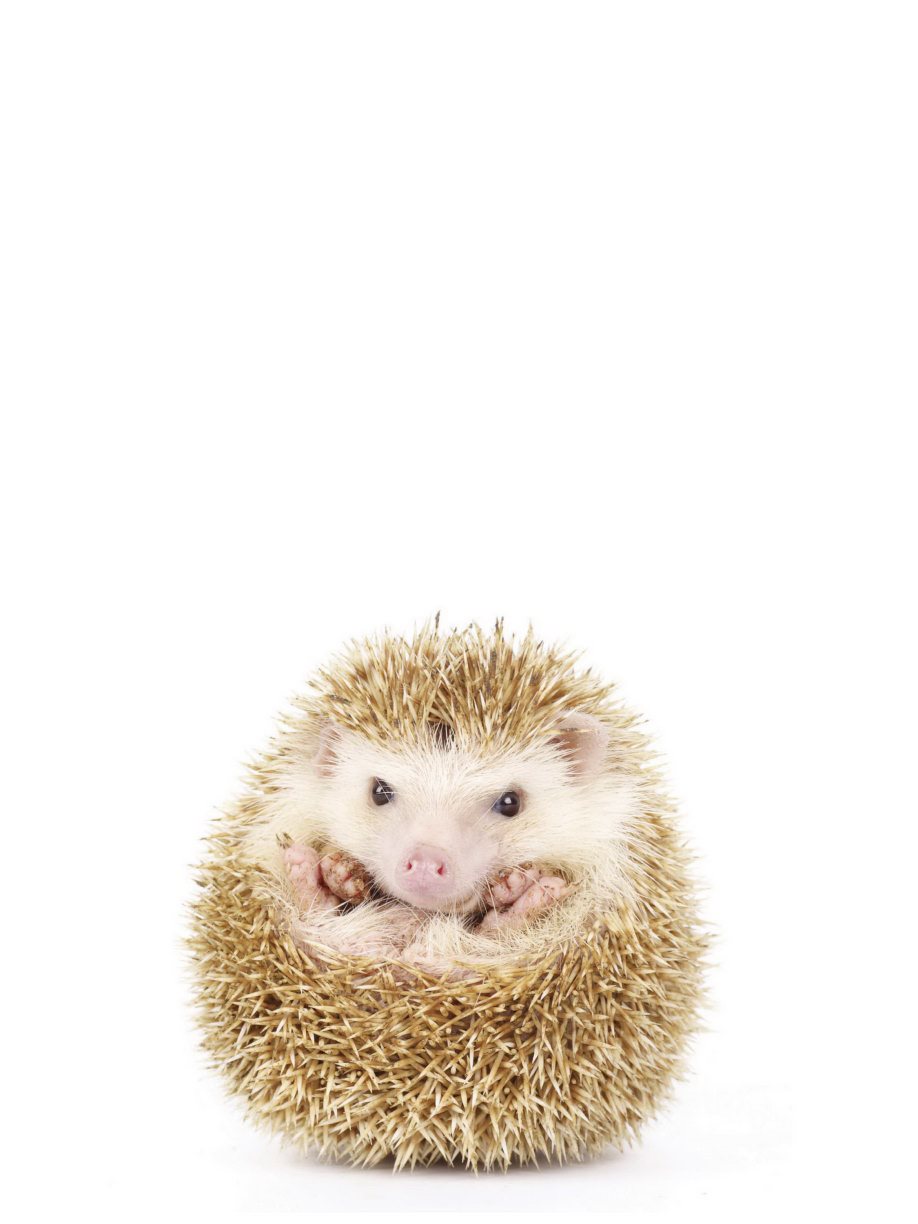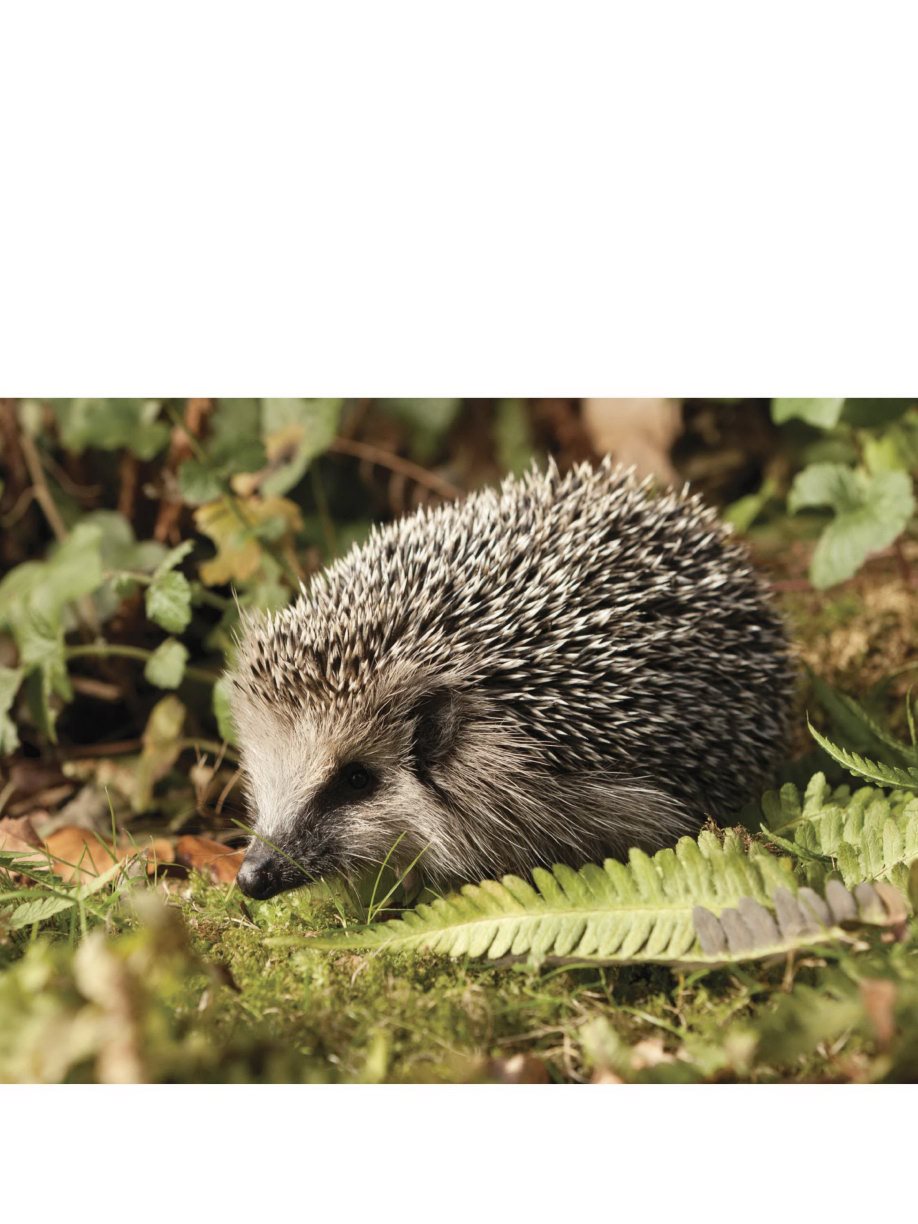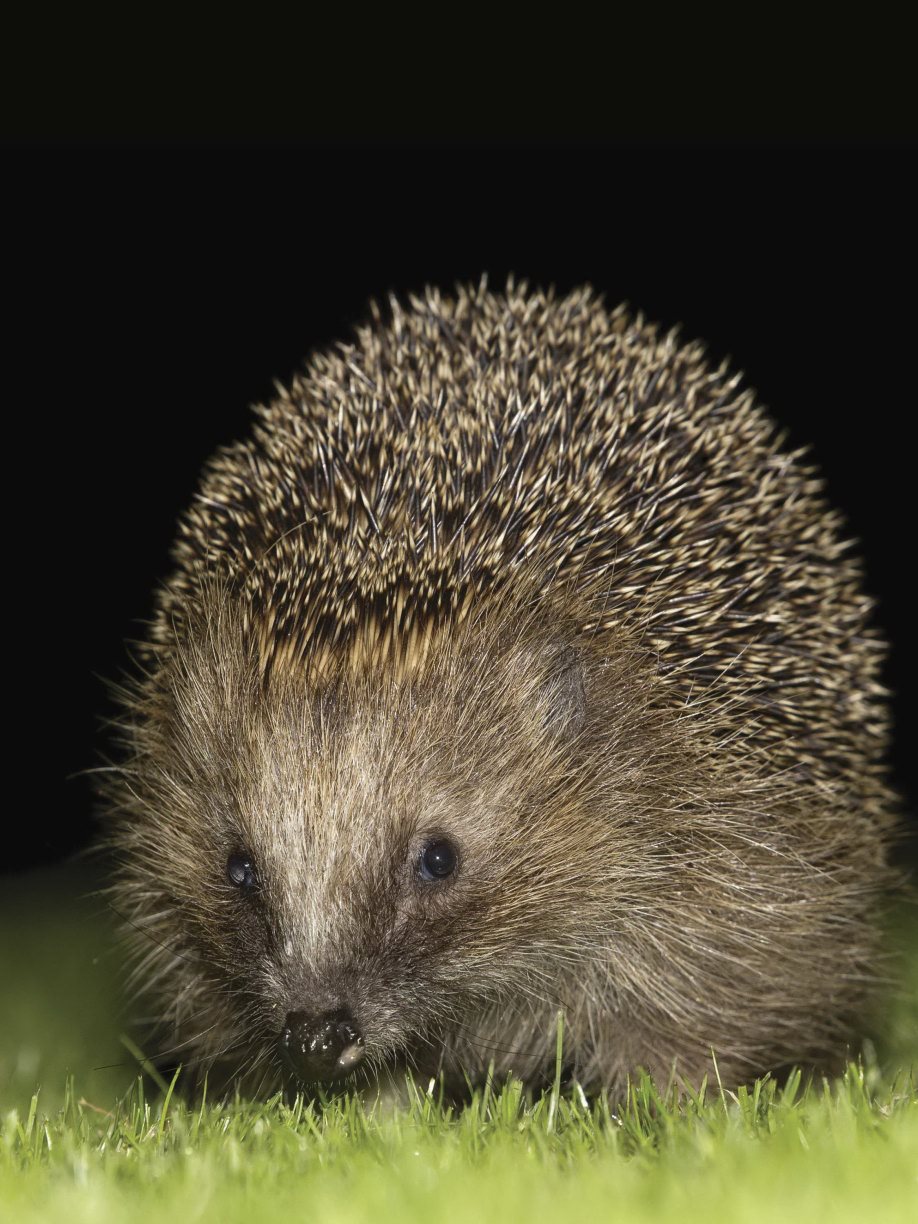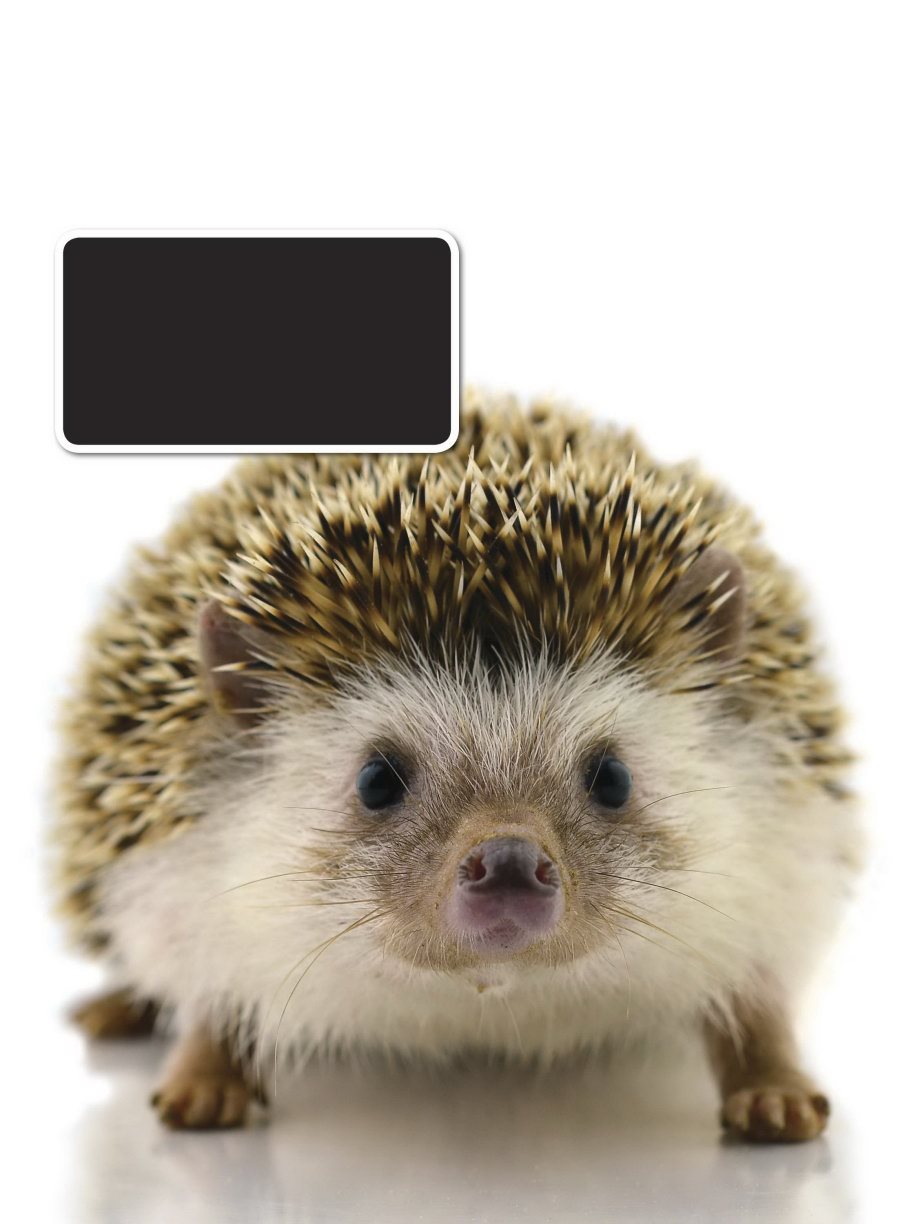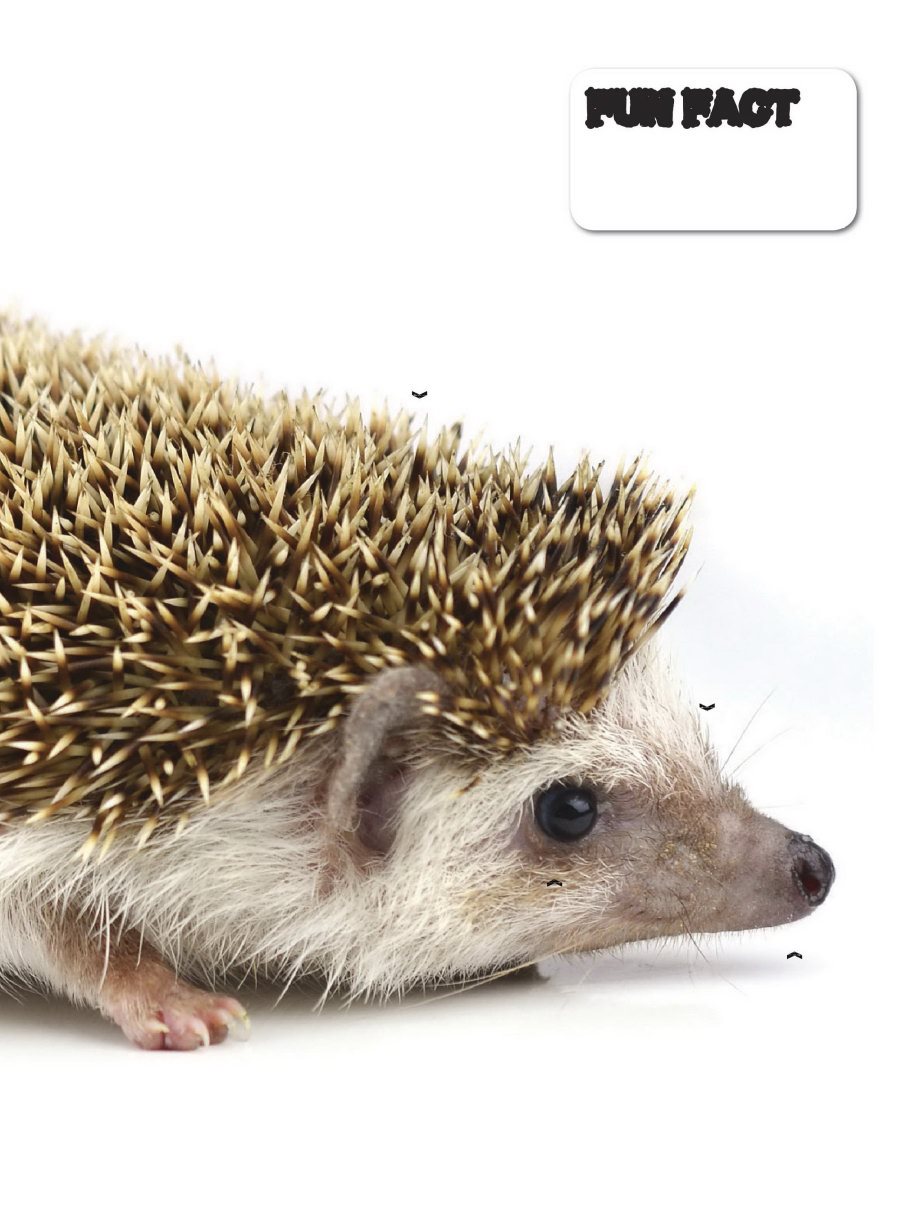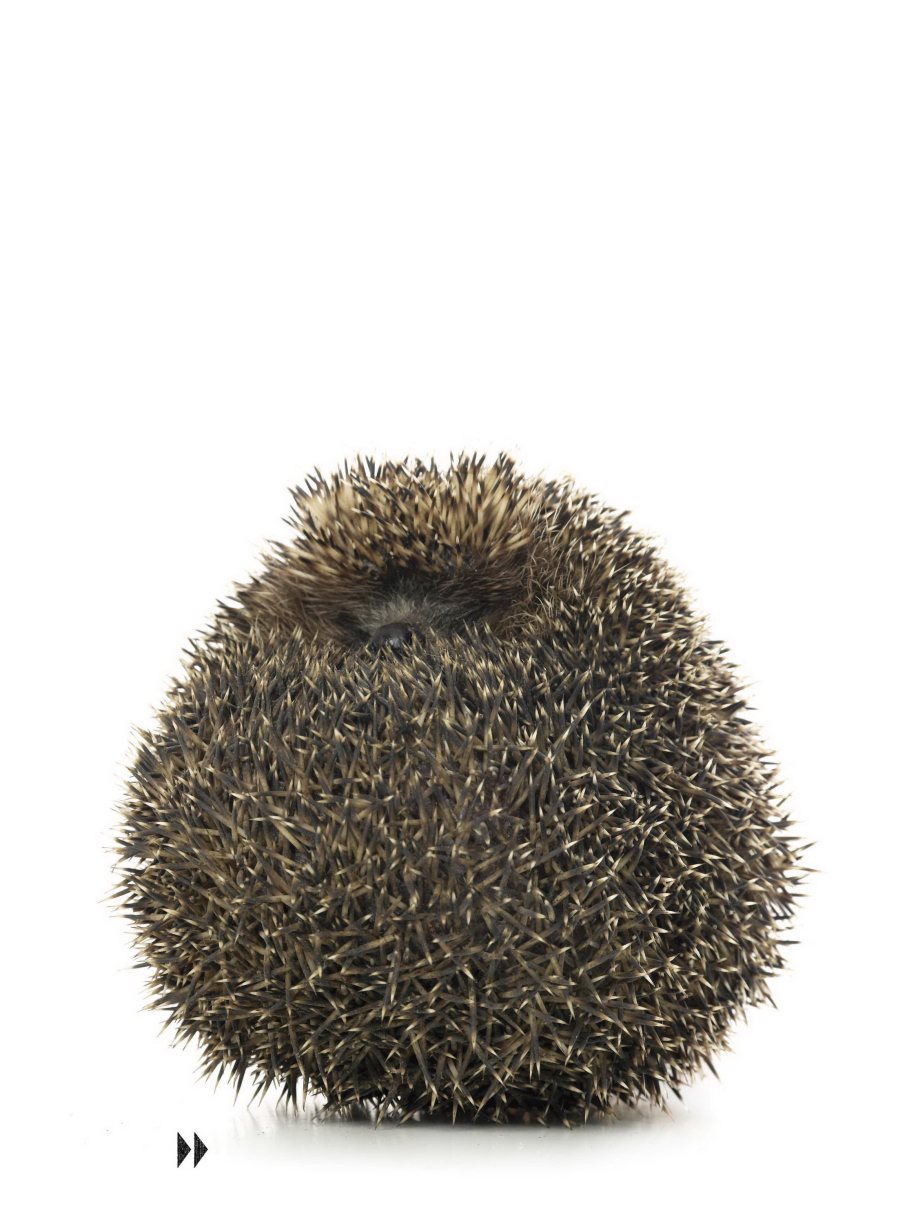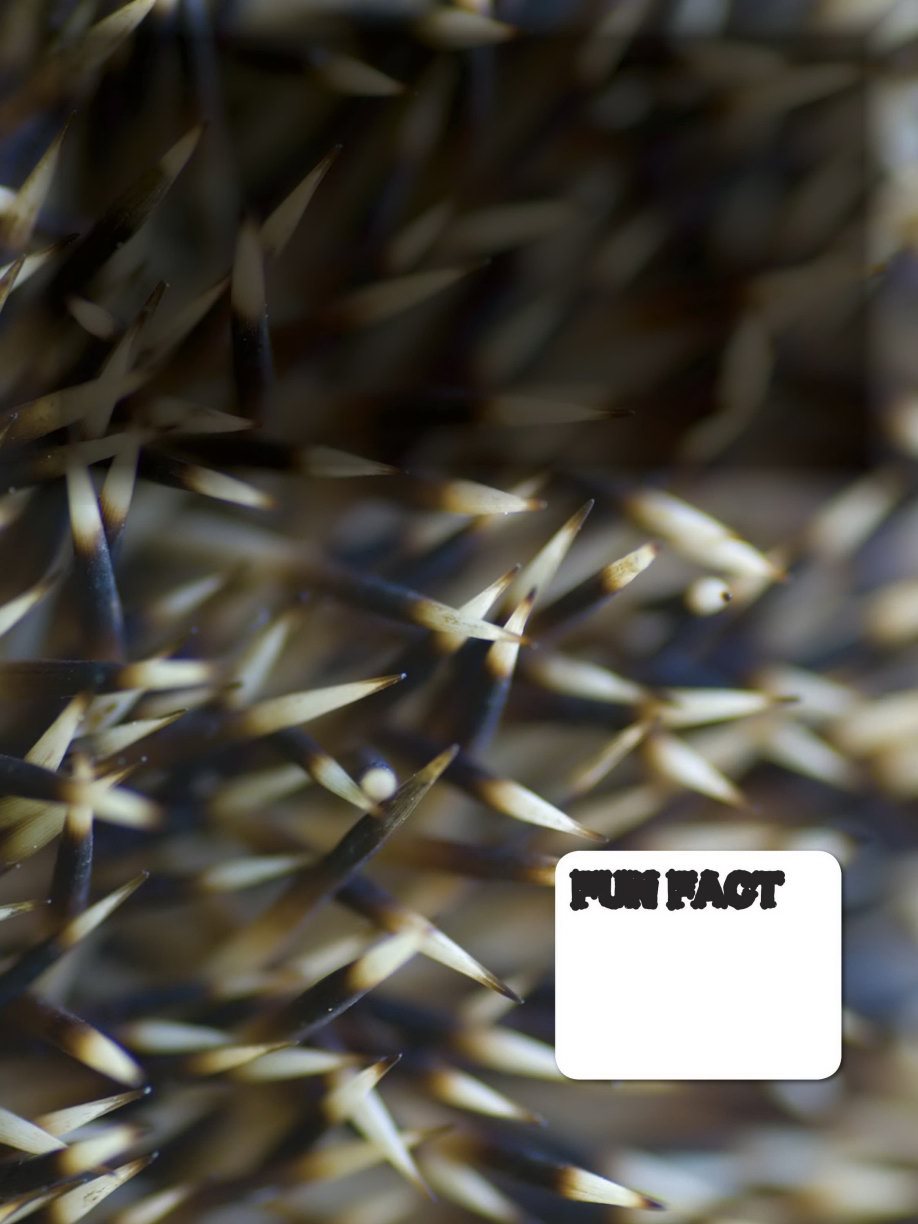Scan for Related Titles and T eacher Resource s
rourkeeducationalmedia.com
Ann Matzke
YOU HAVE A PET WHAT?!
Level: M Word Count: 963 words
100th word: not page 7
Building Academic Vo cabulary and Background Knowledge
Before reading a book, it is important to tap into what your child or students already know about the topic. This will help them develop their vocabulary , increase their reading comprehension, and make connections across the curriculum.
L ook at the cover of the book. What will this book b e about?
W hat do you already know about the topic?
Lets study the T able of Contents. What will you learn about i n the books chapters?
W hat would you like to learn about this topic? Do you think y ou might learn about it from this book? Why or why not? U se a reading journal to write about your knowledge of this t opic. Record what you already know about the topic and w hat you hope to learn about the topic.
R ead the book.
I n your reading journal, record what you learned about the t opic and your response to the book.
After reading the book complete the activities below .
Before & After Reading Activities
Comprehension and Extension Activity
After reading the book, work on the following questions with your child or students in order to check their level of reading comprehension and content mastery .
Would a hedgehog make a great pet for your family? Explain. (T ext to self connection)
H ow did the hedgehog get its name? (Summarize)
W hen may a hedgehog curl into a ball? (Asking questions)
E xplain self-anointing. (Summarize)
H ow does the hedgehogs characteristics help it to survive? (Asking questions)
Extension Activity
Hedgehogs are nocturnal animals. There are many other animals that are active at night. Think about animals that you hear around your house at night. What characteristics do those animals have that help it survive? How are they similar to the hedgehog?
Content Area Voca bulary
Read the list. What do these words mean?
drawstring frothy high frequency nocturnal permit predators primitive savannahs snout solitary waddle
Before Reading:
After Reading:
W hat animal gets its name from the shrubbery it searches for food and the pig-like grunting sound it makes? A hedgehog.
What Kind of Animal?
H edgehogs are not your typical pet. These interesting and unusual nocturnal animals with bright eyes, sweet faces, and prickly backs require special care and handling. K nowing more about hedgehogs will help you decide if it is the right pet for you.
H edgehogs are one of the oldest, most primitive animals to roam the Earth since the time of dinosaurs.
Days of the Dinosaurs
I magine these little animals snifng and snufing as they waddle along behind woolly mammoths or saber -toothed tigers. Not much has changed for the hedgehog since the days of its prehistoric relatives.
H edgehogs are native to Europe, Asia, and Africa. The African Pygmy is the most common species kept as pets.
There are 17 species of hedgehogs in the world. The most common pet species is the African Pygmy hedgehog. Other types kept as pets include the long-eared hedgehog and the Indian long-eared hedgehog.
FUN FACT
O riginally from Northern and Central Africa, they are at home in grasslands, savannahs , and scrub areas.
AFRICA
African Pygmy hedgehogs
H edgehogs have interesting characteristics, abilities, and ways to adapt to their surroundings.
From Head to T oe and
Every thing Between
It has five toes on its front feet and four toes on its hind feet. A hedgehogs rolling waddle comes from walking on the soles of its feet.
A hedgehogs tail is short and rarely seen.
Short, prickly quills cover its back. Quills lay flat and point backward when a hedgehog is relaxed. Its face and underside is covered in soft white or brown fur.
Hedgehogs like to run and can travel up to a half mile during the night.
FUN FACT
The hedgehogs senses of smell and taste are closely related. They help a hedgehog find food by smelling, licking, and tasting first. They can smell a worm one foot (.30 meters) underground.
A hedgehog has poor vision, even at night.
Longer whiskers help a hedgehog feel in the dark. Tiny, sensitive whiskers around the snout and mouth help it search for food.
A hedgehog can hear the high frequency sounds of insects while listening for danger in the distance.
M uscles under the edge of a hedgehogs spiny coat control the position of the quills. A frightened hedgehog can roll into a ball, drawing the edges of its spiny coat together like a drawstring , with its head, belly , and feet tucked inside. The quills are not barbed or poisonous. They crisscross and offer protection from predators and falls. The quills also help it blend into its environment.
Curling into a B all
Hedgehogs have an average of 5,000 to 7,000 quills .
Young hedgehogs lose the quills they are born with, replacing them with adult spines. This process is called quilling.
FUN FACT
Q uills are stiff hairs. They are thick, hollow on the inside, and lightweight. They are short, measuring from a quarter inch to one inch long (0.5 to 2.5 centimeters). Quills are smooth to touch but can be sharp on the ends.

